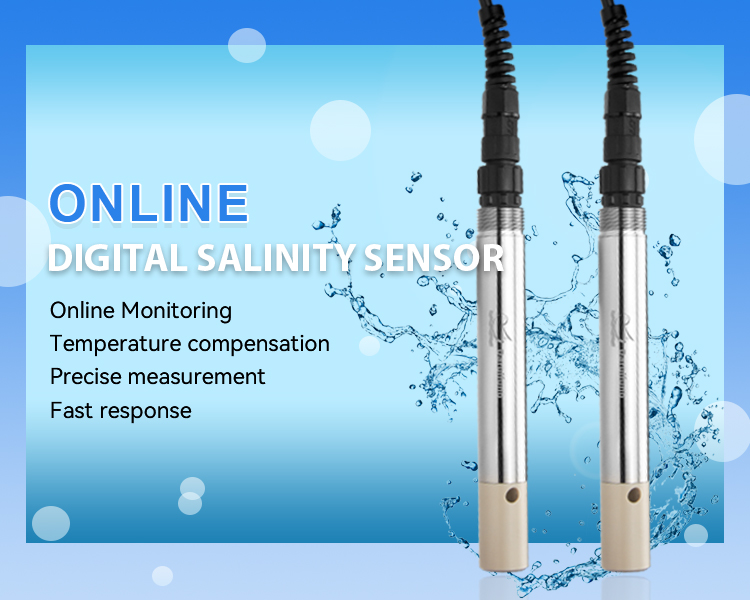The smut is commonly known as glutinous rice, which harms crops such as corn, sorghum, wheat, and rice. Among them, silk black ear is an important disease on corn and sorghum, which is infected by the system and infects once a year. The chlamydospores can survive for 4 years in the soil , mainly by soil, manure and seeds. Due to the climatic conditions in recent years, coupled with the lack of prevention and control in the past few years, the field of bacteria is sufficient, the disease is more serious in our city, which has greatly affected the corn yield.    First, the basic situation of the disease    According to statistics, the incidence rate of resistant varieties is below 1-3% , and the incidence of susceptible varieties is 10-60% .    1. The climatic conditions are favorable. First, in recent winter, the city has a warm winter climate, which is very conducive to the wintering of pathogens. Second, the planting period is low temperature, the soil is dry, the seeds stay in the soil for a long time, the corn emergence is slow, and the chance of pathogen infection is increased. In addition, in recent years, the temperature in the first half of May is abnormally high, and the precipitation is scarce, which is conducive to the development and invasion of the bacteria. The incidence is heavier.    2 , long-term continuous cropping, making the disease worse. Corn is the main crop in our city. It is difficult to fall down. The pathogens accumulate in years and encounter appropriate climatic conditions, which leads to the onset of disease. In the survey, it was found that the same variety, the corn stalks planted at the same time were soybeans, the incidence rate was 1% , while the former mites were corn, and the incidence rate was 12% .    3. There is a difference in disease resistance of varieties. The survey found that there are significant differences in different varieties of maize smut.    4 , ignore the pesticide seed dressing. Because farmers do not master the occurrence of silk smut, the coated seeds selected during the purchase are not correct, and the coating agents are mostly agents for controlling underground pests and seedling diseases, and the control effect against smut is poor, leading to the onset of disease. .    Second, prevention and treatment recommendations    1. Choose resistant varieties. The main measures for the prevention and control of smut in maize are mainly disease-resistant varieties. Technical departments at all levels must do a good job in screening and recommending varieties, and resolutely eliminate varieties that have not been resistant to disease for many years.    2. Agricultural measures. Intensive cultivation, timely ploughing of seeding or film covering, promoting early emergence and emergence of seedlings; in the field, the diseased plants were found to be removed and concentrated in time before they were dilated.    3 , the rotation is down. For plots with serious disease, it is necessary to carry out crop rotation and implement crop rotation such as soybean, corn and sorghum to reduce the incidence of disease.    4 , pharmaceutical treatment. Use coated seeds with good control effect on silk smut.   Salinity sensors are used to measure the salinity (i.e. the amount of salt dissolved in water) in a liquid. They are commonly used in oceanography, hydrology, water quality monitoring, aquaculture and other fields. The Daruifuno DEC35 salinity sensor has a four-electrode structure, and the shell is made of titanium alloy, which is resistant to seawater corrosion.
In the farming industry, salinity probes are usually used together with dissolved oxygen probes, if you want to know about this combination, please contact us.
Suzhou Delfino Environmental Technology Co., Ltd. , https://www.daruifuno.com
The salinity sensor has the following characteristics:
1. High precision: The salinity probe can provide high-precision measurement results to ensure the accuracy of the data.
2. High reliability: The salinity sensor is made of high-quality materials, which has high reliability and durability.
3. Easy to install and use: Salinity probe usually have a compact design and simple installation, and can be easily integrated into existing monitoring systems.
4. Real-time monitoring: The salinity sensor can provide real-time monitoring data to help users understand the changes in salinity in the liquid in time.
5. Cost saving: Using salinity electrode can reduce the cost and workload of manual monitoring and improve work efficiency.

Prevention and control of corn smut
Total 1 | <First <Prev 1 Next> Last> |
share to: